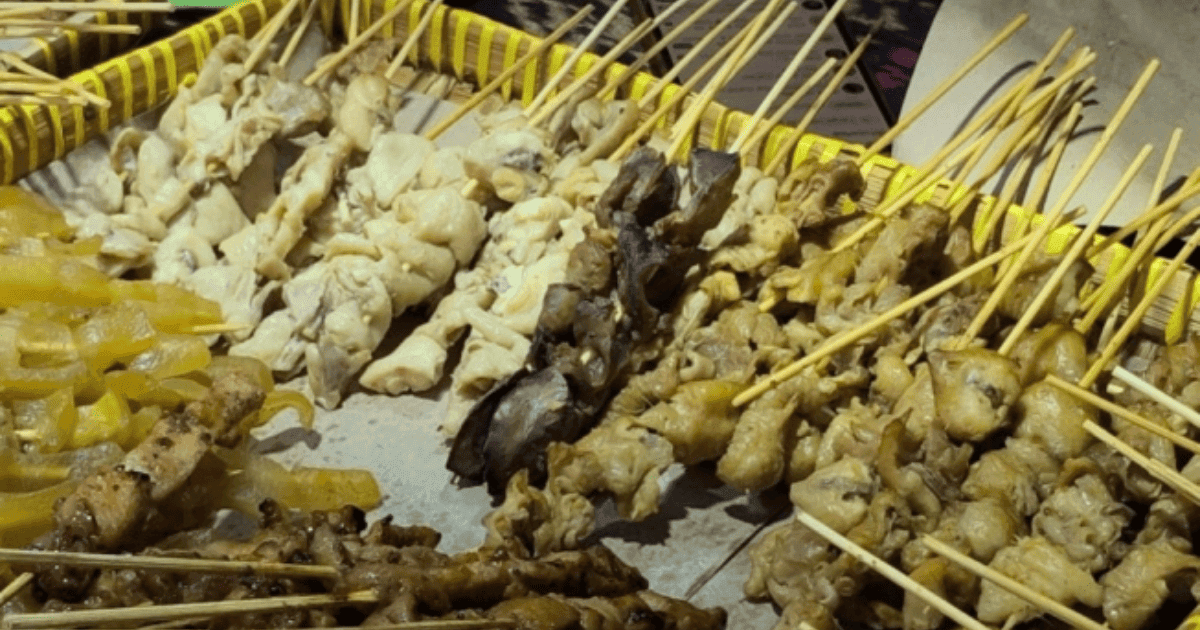Yogyakarta. Amidst the popularity of Yogyakarta’s diverse culinary scene , one simple dish is making a comeback: sate kere . Once known as a food for the common people, sate kere is now sought after by tourists seeking a taste of Javanese cuisine with a long history.
Sate Kere differs from other satay dishes. While regular satay uses chicken, goat, or beef, sate kere is made with simpler ingredients.
In Solo , sate kere is made from tempeh gembus, a processed tofu dregs, while in Yogyakarta, beef fat is generally used. The small pieces are seasoned with garlic, pepper, coriander, palm sugar, and salt, then grilled over charcoal to give off a distinctive aroma.
A serving of sate kere typically contains five skewers with small pieces of meat or fat. This dish is made even more delicious with the addition of a sweet and spicy liquid sauce called kuah rujak, and is often served with ketupat sayur (rice cakes).
The origins of sate kere are inextricably linked to the economic conditions of Javanese society in the past. The word “kere” in Javanese means poor. In the past, meat was an expensive food afforded only by the nobility and the upper classes, including the colonial era.
The lower classes who want to try satay are looking for affordable alternative ingredients, namely offal, fat, and gembus tempeh.
Despite its simplicity, sate kere still tastes similar to beef satay. Its presence is even considered a symbol of the cultural resistance of the common people against the colonial era, which was synonymous with the elite and powerful.
Today, sate kere is no longer seen as a lower-class food. Instead, it has become a unique culinary dish that enriches the diverse flavors of Yogyakarta and Solo.
Many tourists are curious to try it, especially with its unique presentation which is different from satay in general.
The Ministry of Tourism and Creative Economy (Kemenparekraf) noted that the culinary tourism trend in Yogyakarta continues to increase, with tourists seeking not only iconic foods like gudeg, but also traditional foods steeped in history, including sate kere.
A number of sate kere vendors are now starting to innovate. Some are adding peanut sauce or sweet soy sauce, and some are even replacing the fat with beef to appeal to customers who don’t like offal.
However, for some traditional culinary connoisseurs, sate kere remains special because it maintains an authentic taste with simple ingredients.
With its long history and unique flavor, sate kere now stands alongside other legendary Yogyakarta culinary delights. From a commoner’s dish, it has transformed into a culinary icon that combines historical memories, a symbol of resistance, and a tourist attraction.


Comments